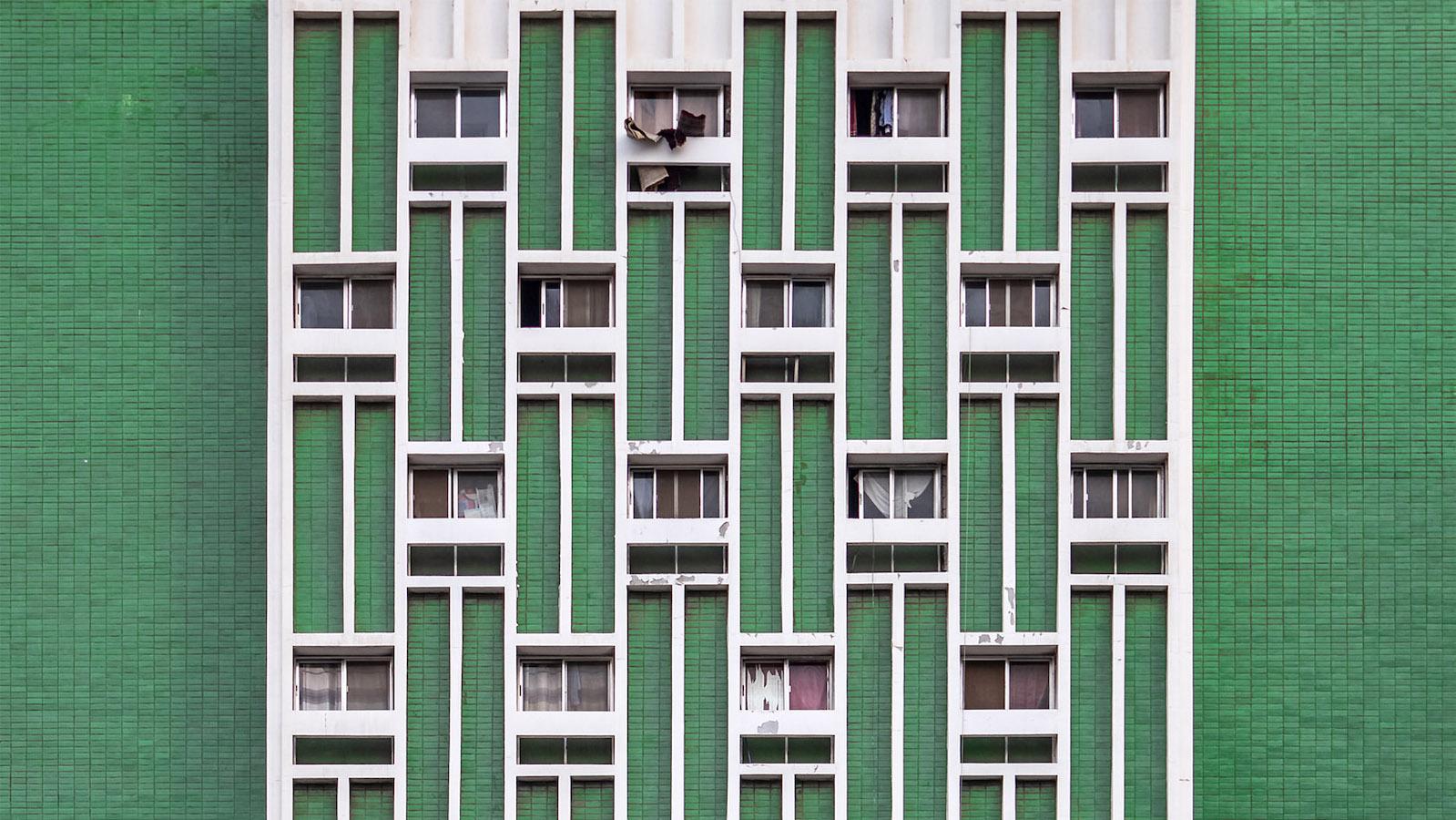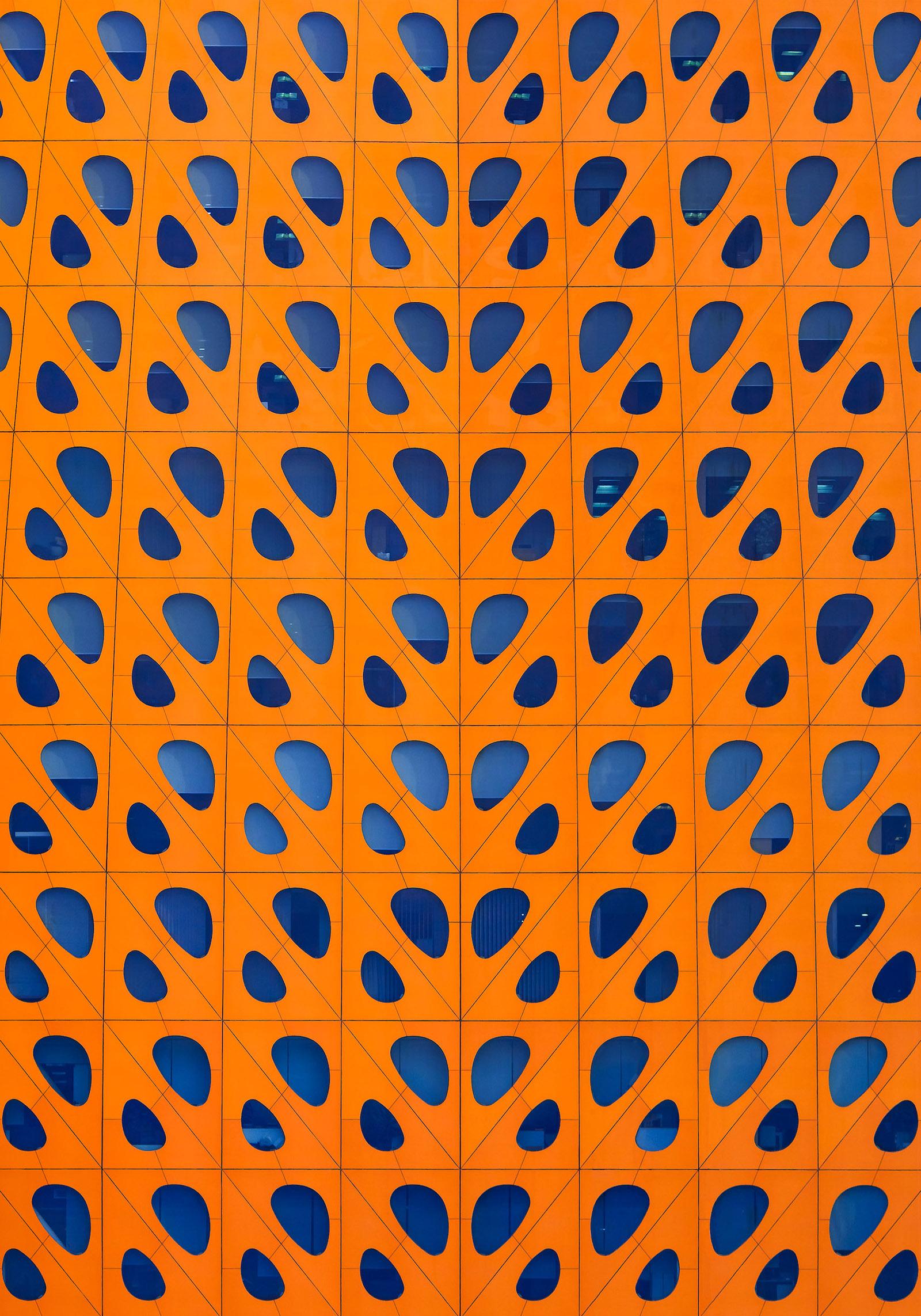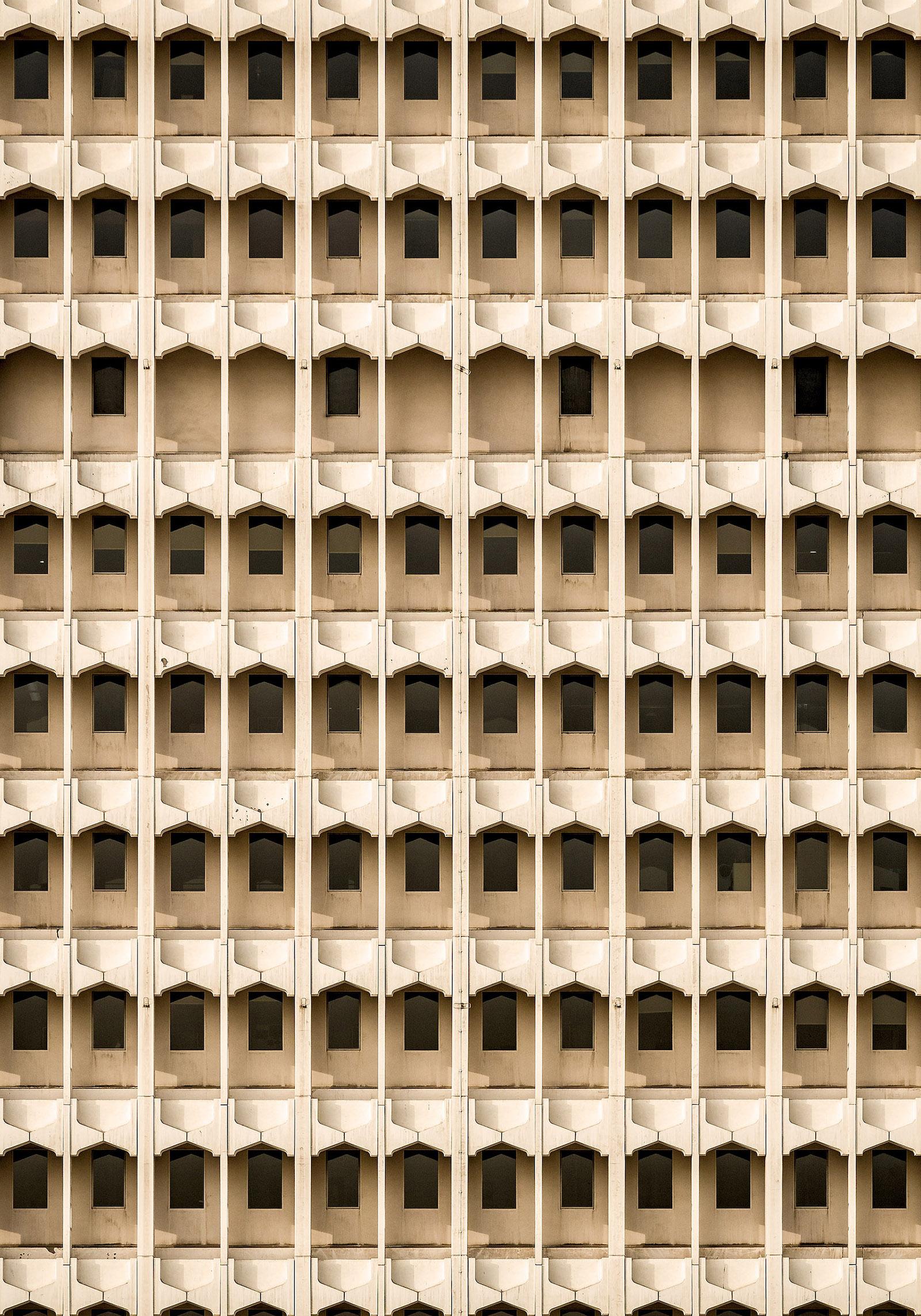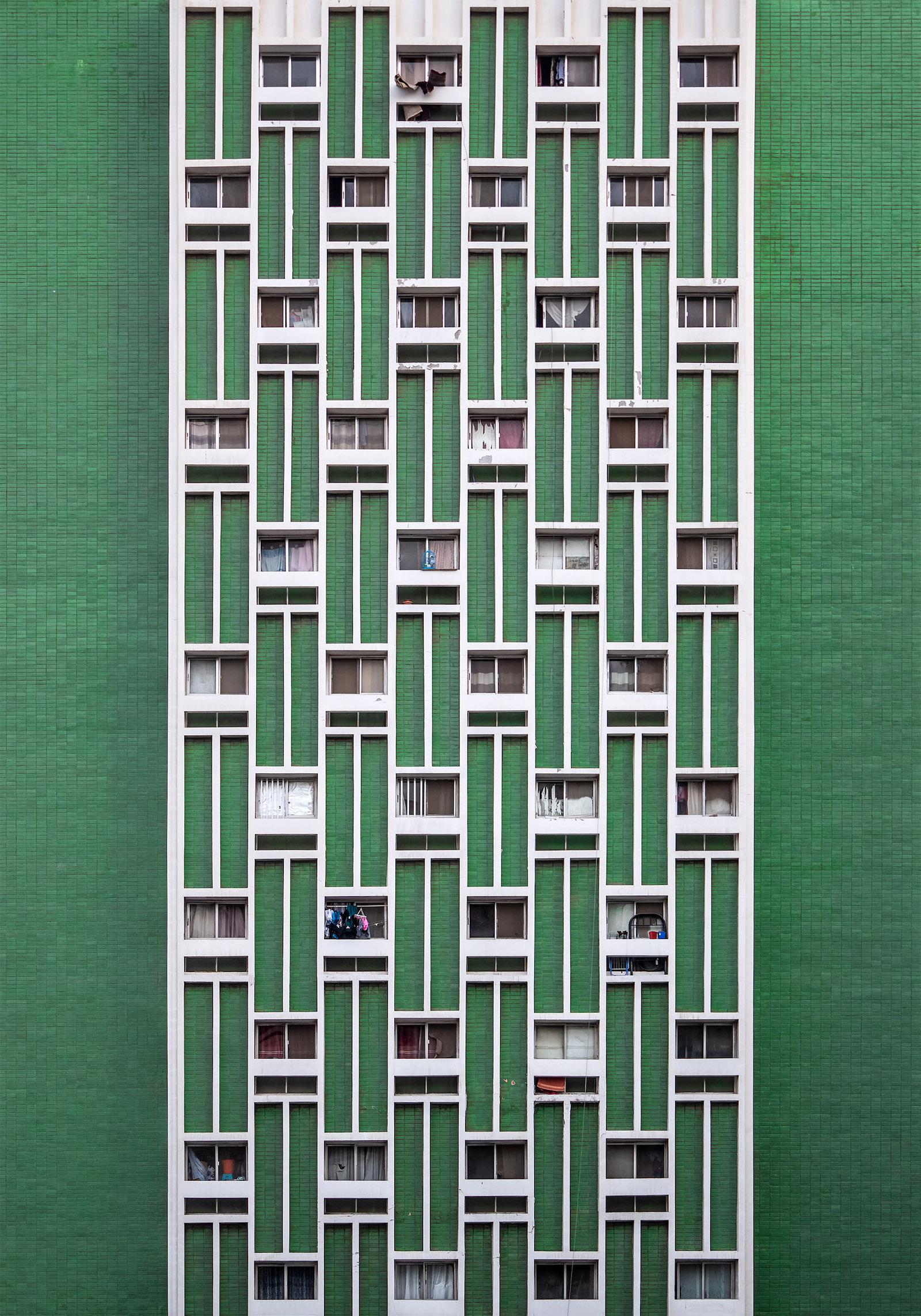Sarah Bochicchio: To start, could you tell me about the works that you're sharing with Museum in the Sky?
Hussain AlMoosawi: I was approached by Khaleeji Art Museum to feature some of my works, and what's being featured there is what I would consider to be my life project, which is to document architectural facades around the UAE. The purpose is to eventually end up with a comprehensive typology and classification system that would help us understand the architectural development since the formation of the country in 1971. It took me a bit of time as a photographer to figure out what would be my contribution to humanity, but that’s what I feel this is.
SB: How did you get started on this project?
HA: I went overseas to Brisbane, Australia to undertake my degree in design. And after that, I did my masters in Melbourne. Melbourne is a vibrant place that kind of overwhelmed me, and I thought, ‘Okay, I need to document the space somehow.’ So my understanding of looking as a designer and documenting as a photographer came together in a series of projects.
When I came back to the UAE in 2013, I was looking for the same visual vocabulary that was in Melbourne, but I couldn't find it. So I spent two to three years looking at what is actually unique about our country. For me, the question is: what is the vernacular here in the UAE? So my first projects were establishing my understanding of our urban landscape.
I ended up with this idea that symmetry was the common element that inhabits all forms of architecture. With time, I've started looking at asymmetry, and low-rise, medium-rise buildings. That’s why it's a lifelong project, because I'm sure I will not be able to finish all these sub-classifications, that's the moment my head overheats.
































